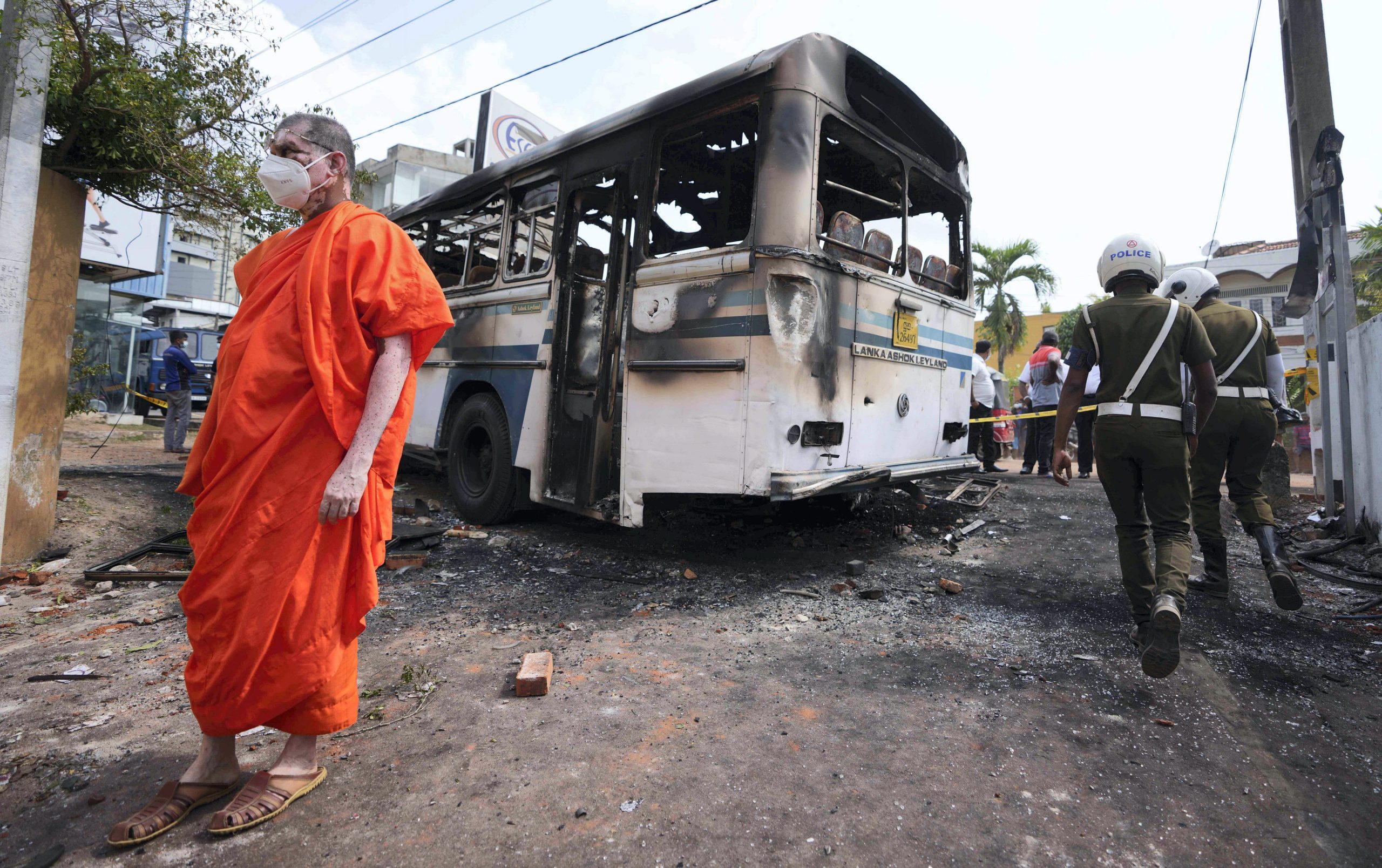Massive protests erupted in Sri Lanka over its worst economic crisis in decades. The island nation is grappling to maintain a supply of essentials. Amid escalating developments, Sri Lanka president Gotabaya Rajapaksa is facing resignation calls as a large number of agitators gathered outside his official residence on Thursday. A day later, a countywide emergency was announced.
Supporting the demonstrations, a US envoy has said that peaceful protest is essential for a “democratic expression”.
Also read: Sri Lanka President Gotabaya Rajapaksha imposes state of emergency after unrest
In a tweet, Julia Chung, US ambassador to Sri Lanka said, “Sri Lankans have a right to protest peacefully – essential for democratic expression. I am watching the situation closely, and hope the coming days bring restraint from all sides, as well as much needed economic stability and relief for those suffering, (sic).”
On Friday, Rajapaksa said that he took the decision to impose a state of emergency to ensure public order and public security.
Also read: Lights out in Sri Lanka: Why the island nation has run out of fuel
Earlier, water cannons and tear gas shells were used outside his home by police to quell the protesters as they shouted slogans, signalling that the patience levels among the masses had been wearing thin.
Sri Lanka is trying to cope up with the worst economic crisis with 12-hour power cuts. Diesel shortage has also brought life to halt in many parts of the island nation.
Also read: Sri Lanka crisis: Nearly 45 arrested after night of violence, 10 injured
It is reported that the island nation has about $3 billion dollars in debt. The crisis worsened during the pandemic in the country that is largely dependent on the tourism sector.







